The true cost of construction accidents

Construction, and the costs of construction accidents, is an area of major concern to employers. Many people do not realise how much accidents really cost, because a lot of the expense isn’t obvious. Attention to accident prevention can and will improve a company’s overall success.
Where does the money come from to pay for accidents?
Some believe that organisations have money set aside to pay for accident costs. However, employers know that the money must come from profits.
A series of costly accidents can reduce profits radically. Accidents have obvious, direct costs, such as:
- medical
- hospital and rehabilitation expenses
- workers’ compensation payments
- higher insurance premiums or even loss of insurability.
But accidents also have less obvious, indirect costs that are usually uninsured. These include the various disruptions to normal work procedures, such as when employees stop to help the injured employee or even a drop in production that causes inconsistencies with delivery. If profits are insufficient to cover costs, your company may be forced to defer the procurement of new equipment and facilities.
Insurance isn’t always the answer
People often try to minimise the costs of accidents by saying that they are covered by insurance. Insurance, however, covers only a portion of the total accident cost. Moreover, as accident losses increase, so will your company’s insurance premiums. It is clear that directly and indirectly, accidents reduce profitability. Hidden costs include:
- Production loss/worker distraction
- Training costs/replacement worker
- Loss of skill/efficiency – slowed production
- Paperwork
- Administrative time
- Loss of morale
- Legal issues
- Medical expenses
- Wages
- Equipment
- Workers’ compensation
The indirect costs of accidents are usually greater than the direct costs. For a conservative estimate, you can calculate them on a 1: 3 ratio. For every one unit of currency in direct accident costs, there are three units of currency in indirect costs. Some studies indicate the hidden costs can be four to 10 times the insured costs. And for construction, studies have shown that it is SIX times the insured cost.
Indirect costs to consider
- Time lost from work by injured employee(s)
- Loss in earning power
- Economic loss to injured worker’s family
- Lost time by fellow employees
- Loss of efficiency due to break-up of team
- Lost time by supervision
- Cost of training a new worker
- Damage to tools and equipment
- Replacement of time damaged equipment
- Spoiled work
- Loss of production
- Spoilage – fire, water, chemical, explosives, etc.
- Failure to fill orders
- Overhead costs (while work is disrupted)
Five hidden savings
Just as there are many hidden costs due to accidents, there are hidden savings in accident prevention. Every accident you prevent saves direct and indirect accident costs – money that remains in your profits. Benefits of accident prevention efforts include:
- Employees will not be injured or killed
- Property and materials will not be destroyed.
- Production will flow more smoothly.
- You will have more time for the other management duties of your job.
- Increased employee security at work.


